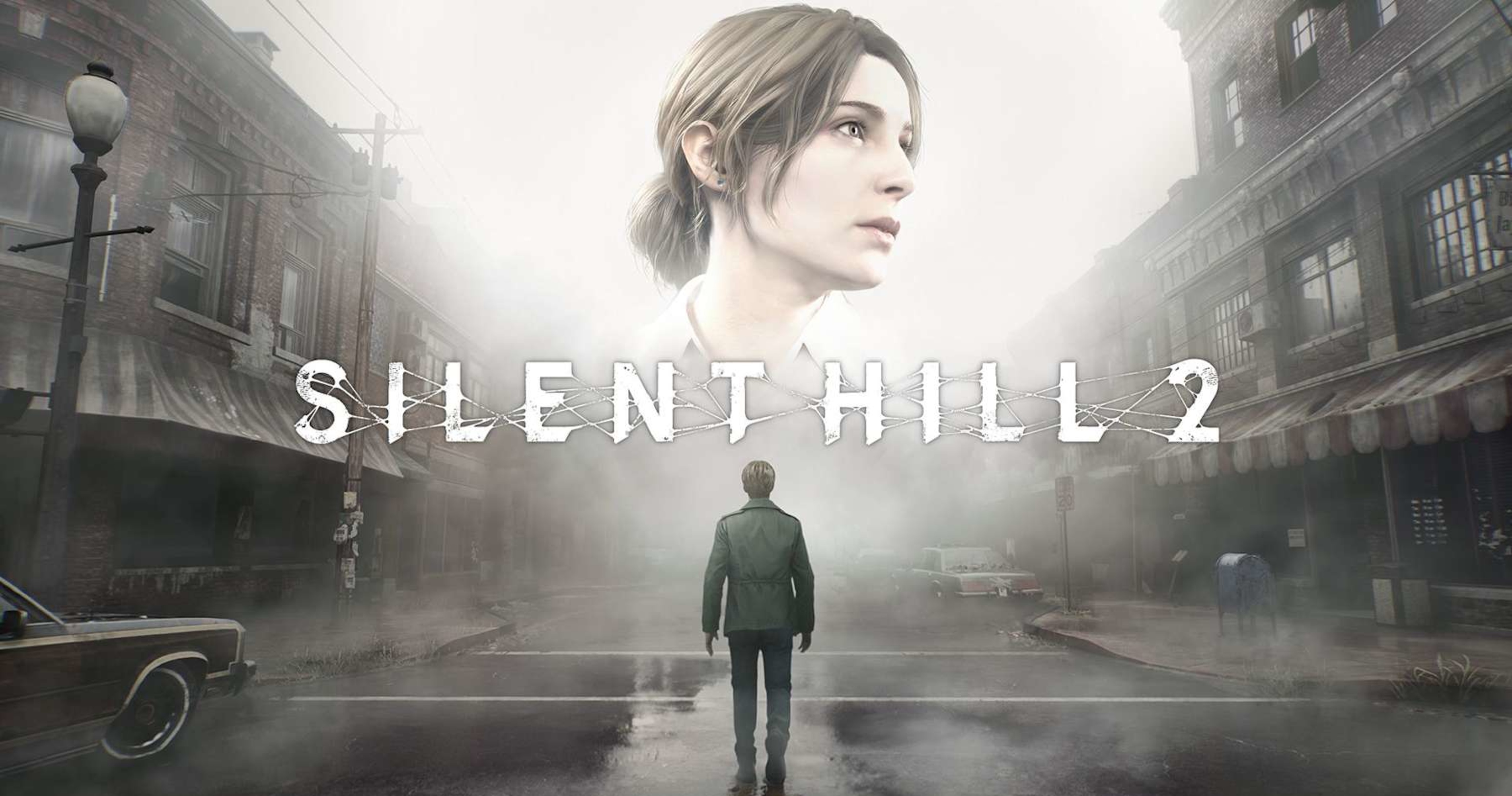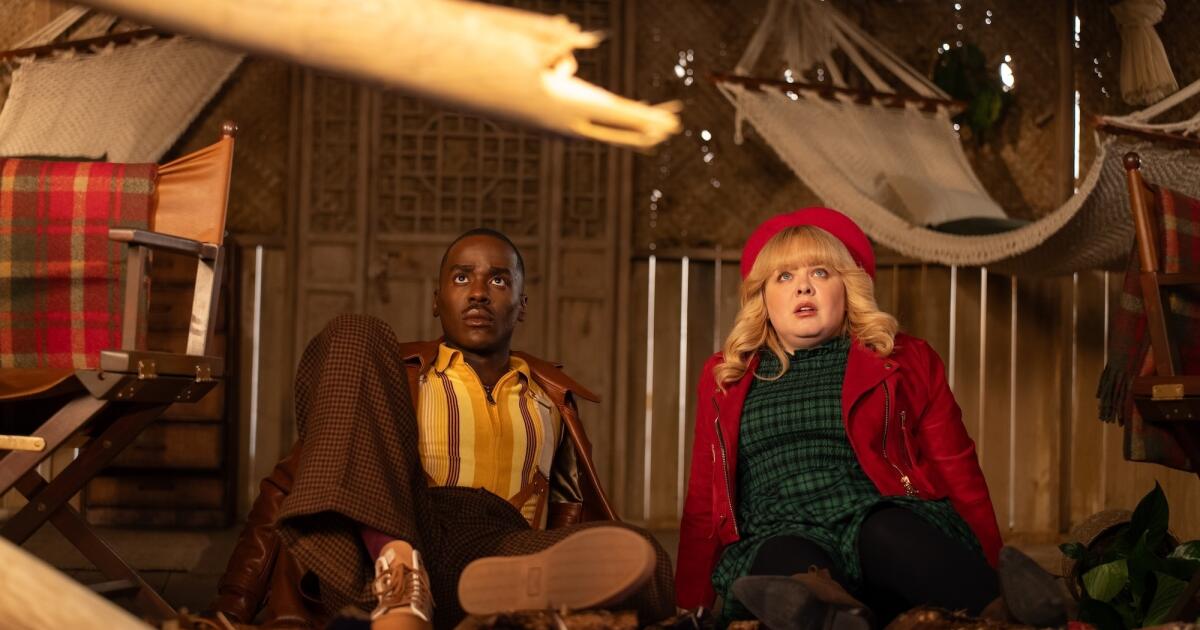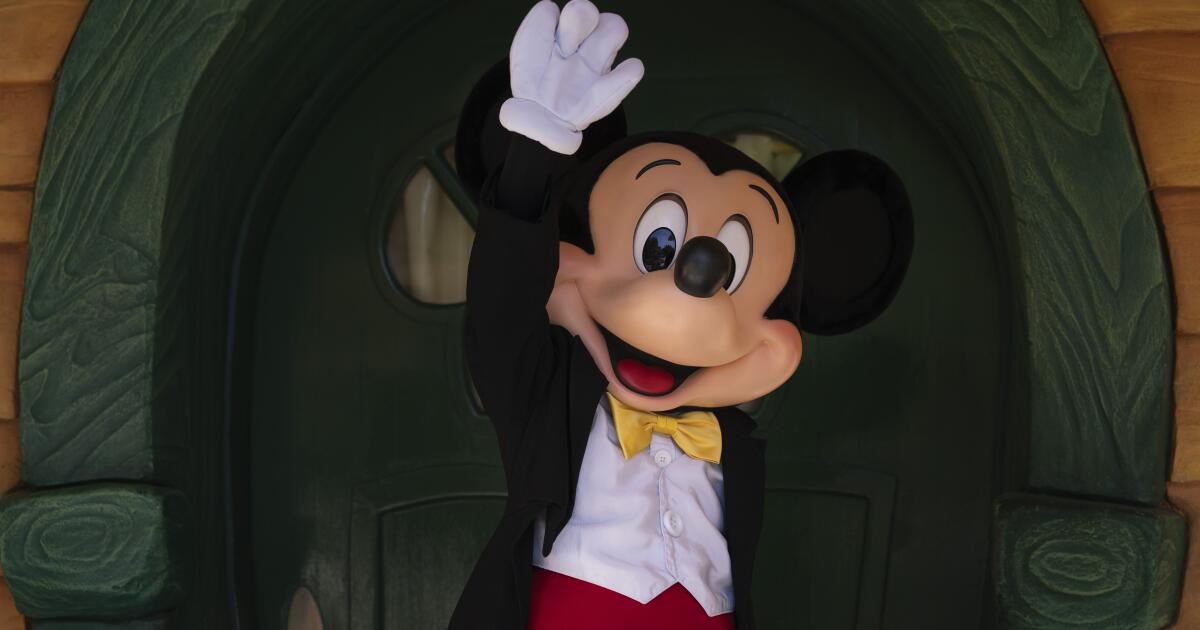Tech
Silent Hill 2 Review: Gameplay Impressions, Videos and Top Features for Remake

Konami
Silent Hill 2 from Konami and developer Bloober Team has bold aspirations to be the latest and greatest remake in the industry.
A revival and remake of the 2001 PlayStation 2 classic, Silent Hill 2 promises sweeping changes to bring the horror experience to modern audiences.
Easier said than done, though. While that classic still sees its influences peppered throughout modern horror games, the genre itself has evolved over time and is perhaps more competitive than it has ever been.
To match the heights of the recent endless stream of remakes across the industry, including a genre staple like Resident Evil 2, Silent Hill 2 must walk that tricky balance between modernization while retaining the horrifying, tension-riddled feel of the original.
Silent Hill 2 nailing the graphics and immersion felt as obvious as the game horrifying its players.
One look at the game in motion says it all. Characters and environments are detailed and the modern power of game engines and systems has ramped up the series’ iconic foggy locale to incredible levels.
Stunning, too, are the details packed on to the grotesque or just plain weird monsters and other things creeping in fog and shadows ready to confront players.
Like the original, fantastic sound design puts a bowtie on the sweaty-palmed jaunt. The score is classical Silent Hill and so are the groan-inducing creaks, clatters and shuffling heard from afar as players explore.
This is classic, never-ending tension that culminates in earned jump scares and an almost stressful sense of dread, especially with headphones that can handle immersive 3D audio.
One of the biggest overall shakeups, though, is the over-the-shoulder camera. Silent Hill thankfully leaves the archaic fixed-viewpoints angles far in the past, putting players closer to the action and deepening the immersion.
Players will explore an expanded map, some of it new, but players with keen eyes and good memories will quickly realize that some previously inaccessible areas have been fleshed out, too.
A Last of Us or Red Dead Redemption-styled looting system while exploring will register as polarizing. On one hand, it feels realistic to the world and drives immersion. On the other, it might actually cut down on the immersion for some players and feel too game-y, as they enter rooms thinking about loot instead of focusing on the fact, you know, killer monsters.
Like the original, puzzles players encounter are actually fun and thought out, encouraging exploration and slowing down to think. Of course, slowing down at pretty much any point can be dread-inducing, too, so the marriage of the puzzles and world is brilliant.
Combat comes last here for good reason. The updated combat system includes all of the modern trappings players have come to expect, such as a timed-dodge mechanic and the ability to aim down sights.
That dodge is perhaps the best new mechanic and it fits so naturally into the flow of combat that fans could be forgiven for thinking it had always been in the base game. Wielding melee weapons more adeptly than ever is a welcome upgrade and the ability to stealth around, at times, is a nice option to have, too.
But overall, where other remakes in the genre have leaned heavily into combat to the point it might lessen the challenge, Silent Hill 2 keeps the emphasis on immersion. This isn’t a combat-based action game and while it is nice to dodge around in the new camera perspective, that’s not the point, thankfully.
The tale of Silent Hill 2 has withstood the test of time for a reason.
There, James Sunderland returns to Silent Hill three years after the death of his wife, prompted by an apparent letter from her. He meets some interesting characters along the way and some of the actual horrors he encounters have—no exaggeration—become iconic over time.
It should go without saying, but the game’s deep exploration of grief, punishment and similar themes simply won’t be for everyone. But it remains a careful exploration of those things, and the opportunity to go for multiple different endings keeps the replayability level high.
A gloomy Maine town morphing into a character in its own right is something Silent Hill 2 achieved years ago. That’s only ramped up here. There are those mentioned expanded areas for players to explore, sure. But the game uses its opening act and plenty of others to really expand on the lore.
Thankfully, from a gameplay and narrative perspective, this remake keeps this true to form. Where some remakes can tend to modernize too much and provide too much weaponry, James doesn’t get that. Neither do players—scarcity and a limited selection keeps things intimate and it never once feels like a player is overpowered, which fits the game’s world.
Silent Hill 2 doesn’t go overboard with game modes or anything, as expected—but it does in the options menu. There are droves of accessibility items players can tweak and it retains the still-modern options from the original, such as the ability to tweak the difficulty of combat and puzzles individually.
To say this effort is a smooth modernization of Silent Hill 2 is the utmost praise.
In fact, “faithful” might be the best word. This remake, unlike others, doesn’t attempt to rewire the balancing, nor does it appear to heavily attempt to subvert longtime players’ expectations in shocking ways.
This is Silent Hill 2, updated. Meaning, it’s a creepy, if not horrifying trip through a Stephen King-styled Maine town and everything that comes along with that setting. This is peak immersion with fun gameplay and harrowing themes explored.
Silent Hill 2, for the most part, is the latest remake done quite well and it’s influence on the rest of the industry is plain to see.










